#dark planet
Text
Dark Planet (Welcome to Night Vale) Moodboard for:
A Dark Planet Placehearted and Hearthomed friend!
Requested by: @darkplanets !!!

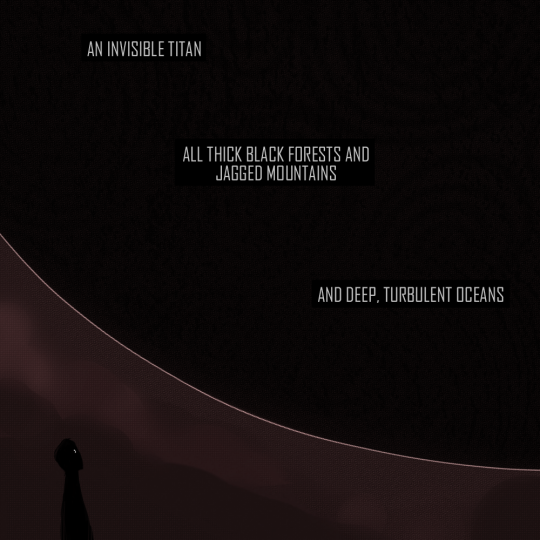

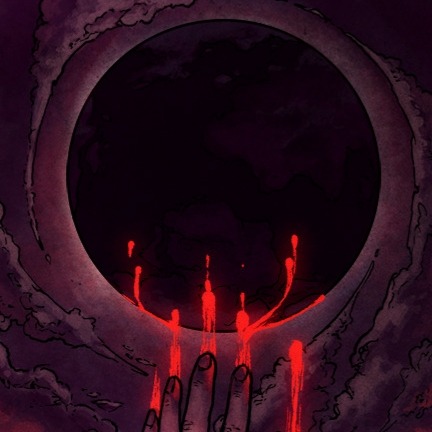
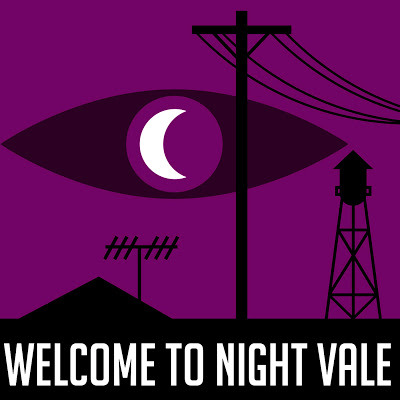
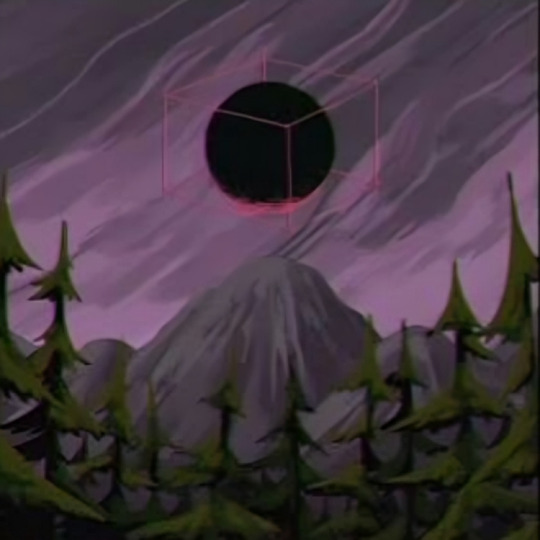

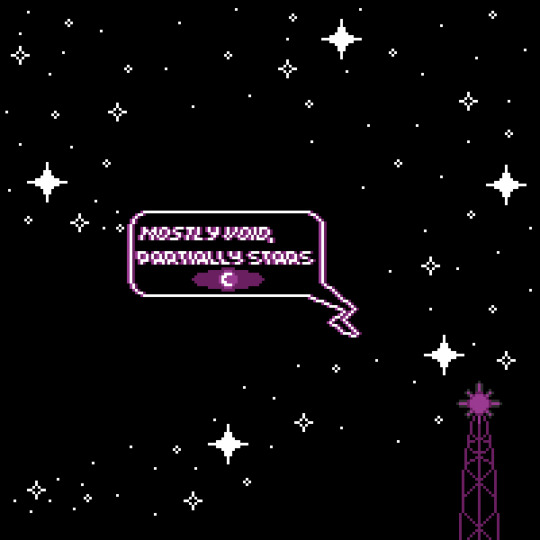
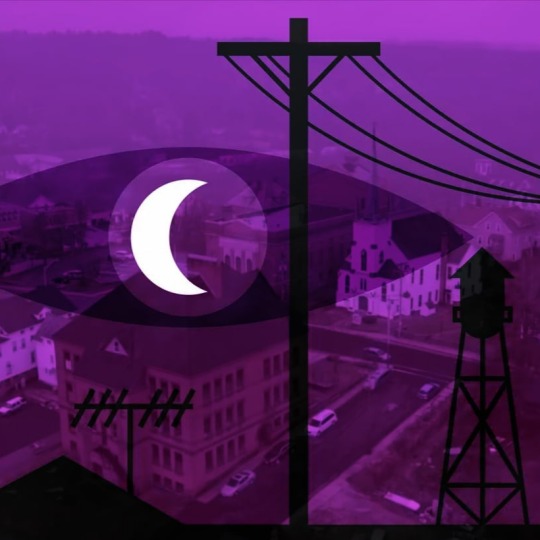
Once again, a really nice aesthetic from the Welcome to Night Vale universe! I really like the idea of a planet that never has light.
Hope you enjoy what I could come up with!!
Art credits, from left to right; top to bottom:
Welcome to Night Vale, N/A, @wtnv-webcomic, @bonesnail, Welcome to Night Vale, Joshua Broccoli (deviantart), Kristin Tipping, @shane-grotesque, Bhumikorn Kongtaveelert
#moodboard request#dark planet placehearted#dark planet hearthome#hearthome#placehearted#wtnv placehearted#wtnv hearthome#dark planet#welcome to night vale#wtnv
14 notes
·
View notes
Text

24 gott folk. Månadens gott och blandat innehåller 24 filmer för alla konnässörer av budgetfilm från skräphögen att botanisera bland. Vissa av dem är rentutav bra.
Beastmaster 2: Genom tidsbarriären / Beastmaster 2: Through the Portal of Time (1991).
Okej, men långt ifrån bra uppföljare på klassikern "Beastmaster". Jag har lite svårt för när man plockar "hem" barbar- och fantasyfilm till "vår" värld.
Bloody Mallory (2002) [👍].
Franskt toppraffel, inte genial men helt klart en trevlig överraskning. Rekommenderas.
Bullet Train (2022) [👎].
Kul koncept. Rörig, småtråkig film med topnotch-SFX. Vad får jag för pengarna egentligen Hollywood?
Campa i klaveret (2012) [👍🔁🎭].
Klassiker från Vallarna. Claes Månsson i toppform!
Code 8 (2016) [👍].
Bra kortfilm som trots sin korta längd lyckas vara bättre än många av superhjältefilmerna från Marvel och DC jag sett.
Code 8 (2019) [👍].
Långfilmsversionen av filmen ovan. Man lyckades kanon med att utöka konceptet till full längd.
Cosmos Conqueror, the / Roboteu King (1981) [👎].
Värdelös animerad film från Sydkorea. Töntig dialog med en tillhörande engelsk dubb där "kobåjsigt" lär ha varit den genomgående regin. Bra signaturmelodi, enerverande musik för övrigt.
Dalton Girls, the (1957).
Mjäh. Dålig karaktärsuppbyggad och slätstruken story. Drew Barrymore-filmen "Bad Girls" bygger på den här filmen. Man kan hoppa över bägge med äran i behåll.
Dark Planet (1997) [���].
På gränsen till bra, och jag friar den hellre än fäller.
Destination Månen / Destination Moon (1950).
Fäkta för livet! / Prince and the Pauper, the (1977).
Headless Ghost, the (1959).
Hon jazzade en sommar (2002) [👍🔁🎭].
Hornet (2018) [👎].
Asylum mockbustern för storfilmen Bumblebee. Och det är det enda positiva som finns att säga om den.
I Dimma Dold (1953) [👍].
Bra svenskt morddrama i Agatha Christie-stil.
Maciste and the Headhunters / Maciste contro i cacciatori di teste (1963).
Är den politiskt korrekt idag? Knappast. Men småskoj barbarfilm från Italien tackar man inte nej till.
Merlin: The Return (2000) [👎].
Störtlöjlig. Man vräker dessutom på med vitt ljus i scenerna att det är på gränsen till whitewashing.
Moontrap: Target Earth (2017) [👎].
Har inte sett filmen den är en uppföljare till.
Quatermass 2 (1957).
Star Knight / El caballero del dragón (1985) [👍].
På sina ställen lite udda, men klart en trevlig film i övrigt.
Sumuru (2003) [👍🔁].
Tarzan den orädde / Tarzan the Fearless (1933).
Teleios (2017) [👍].
Ohh. Lågmäld SF med ett budskap men som inte skriver tittaren på näsan.
Thor the Conqueror / Thor il conquistatore (1983) [👎]
En sådan där film man måste läsa synopsiet efteråt för att få ihop storyn om vad som pågick.
Väldigt många av månadens filmer är fyndade på Prime Video, ett par på Netflix och en hel hög på tuben som vanligt. SVT Play har två representanter. Håller er undan från Cosmos Conqueror och satsa istället på Bloody Mallory eller om man föredrar engelska Dark Planet eller Teleios. Vill man se superhjältefilm men tröttnat på actionsekvenserna signerade Marvel rekommenderas Code 8.
#senast sedda filmer#månadens filmer#Beastmaster 2: Genom tidsbarriären#Beastmaster 2: Through the Portal of Time#Bloody Mallory#Bullet Train#Campa i klaveret#Code 8#Code 8 short#the Cosmos Conqueror#Roboteu King#Dalton Girls#Dark Planet#Destination Månen#Destination Moon#the Fäkta för livet! / Prince and the Pauper#the Headless Ghost#Hon jazzade en sommar#Hornet#I Dimma Dold#Maciste and the Headhunters#Maciste contro i cacciatori di teste#Merlin: The Return#Moontrap: Target Earth#Quatermass 2#Star Knight / El caballero del dragón#Sumuru#Tarzan den orädde#Tarzan the Fearless#Teleios
11 notes
·
View notes
Text
i think the dark planet of awesome size lit by no sun is the physical manifestation of having a predestined fate and no way to change or avoid it
#might elaborate on this when it's not 3 am#might not#idk#wtnv#welcome to night vale#dark planet#dark planet of awesome size lit by no sun#dark planet wtnv#not tma
31 notes
·
View notes
Text
The Dark Planet: A Constant in My Life" by Izuku Midoriya
The Dark Planet: A Constant in My Life" By Izuku Midoriya
by IgorDumbra
Present mic gave them an assignment: They would write about something that's constant in their lifes and then read it out loud in English for the whole class.
Midoriya was very frustrated trying to find something to write about, when the answer,quite literally, fell in front of him.
Words: 1730, Chapters: 1/1, Language: English
Fandoms: 僕のヒーローアカデミア | Boku no Hero Academia | My Hero Academia (Anime & Manga), Welcome to Night Vale
Rating: General Audiences
Warnings: No Archive Warnings Apply
Categories: Gen
Characters: Midoriya Izuku
Relationships: Midoriya Izuku & Dark planet
Additional Tags: Not really a WTNV crossover, I just thought "What if Izuku saw the dark planet", and boom, this
Read Here: https://archiveofourown.org/works/46254937
2 notes
·
View notes
Photo




Rogues Preview Edition (December 2003) by Dark Planet
By Juan Torres & Juan Jose Ryp, cover by Juan Jose Ryp. This is a flipbook with a preview edition of "To the Chest" by James Hudnall & Mazi, cover by Juan A. Serrano.
#Rogues#Rogues Preview Edition#Preview#Dark Planet#Comic Books#Comics#Indie Comics#2003#Juan Torres#Juan Jose Ryp#Vintage Comics#Etsy#To The Chest#James Hudnall#Mazi#Juan A Serrano
1 note
·
View note
Text



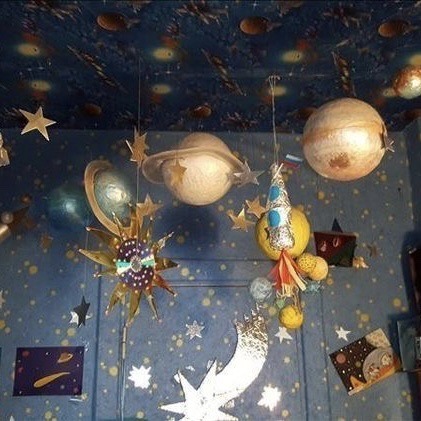

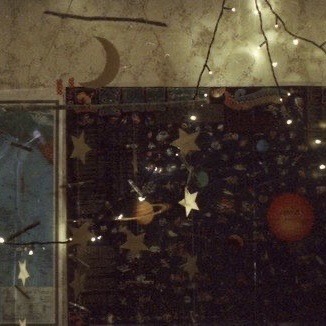
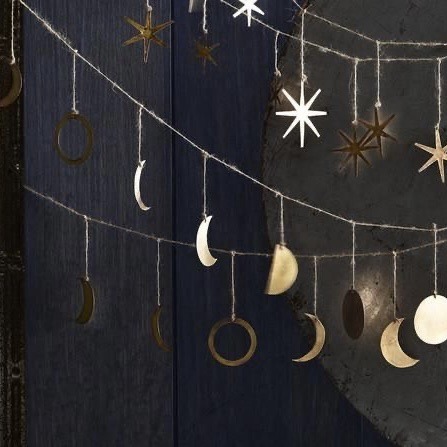
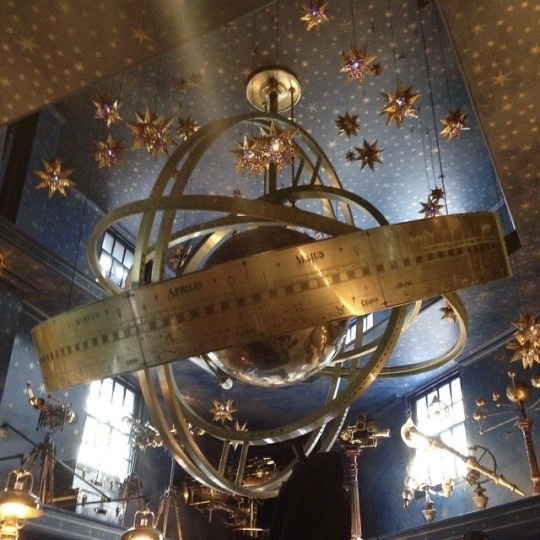
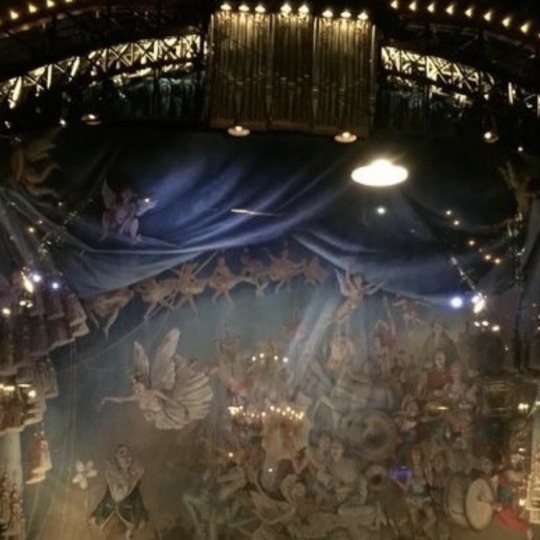
Starry starry night 💫
#yeeees!!!#I too want planets n stars on the wall!#cottagecore#stars#planets#space#blue aesthetic#dark blue aesthetic#moonlight#moon#light academia aesthetic#light academism#classic academia#cottage academia#chaotic academia#chaotic aesthetic#stargazing#starry night#starry sky#sky#moodboard#astrology#astronomy#messy moodboard#crescent moon#architecture#gold aesthetic#whimsigothic
30K notes
·
View notes
Audio
NctrnmFM(nctrnm.com): "Faith In The Atom" by DY3-thx12-4432.
0 notes
Text
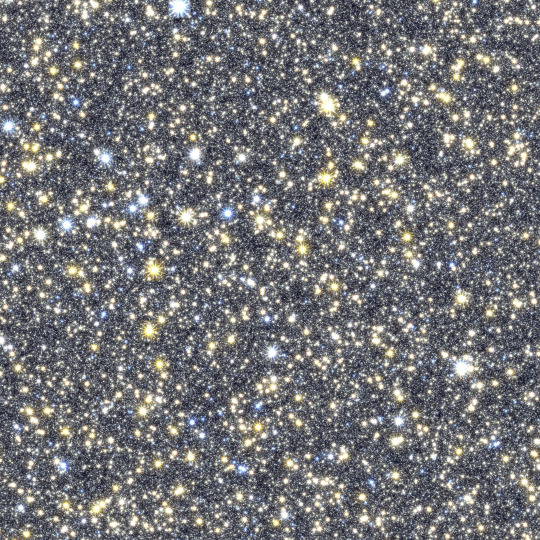
A simulated image of NASA’s Nancy Grace Roman Space Telescope’s future observations toward the center of our galaxy, spanning less than 1 percent of the total area of Roman’s Galactic Bulge Time-Domain Survey. The simulated stars were drawn from the Besançon Galactic Model.
Exploring the Changing Universe with the Roman Space Telescope
The view from your backyard might paint the universe as an unchanging realm, where only twinkling stars and nearby objects, like satellites and meteors, stray from the apparent constancy. But stargazing through NASA’s upcoming Nancy Grace Roman Space Telescope will offer a front row seat to a dazzling display of cosmic fireworks sparkling across the sky.
Roman will view extremely faint infrared light, which has longer wavelengths than our eyes can see. Two of the mission’s core observing programs will monitor specific patches of the sky. Stitching the results together like stop-motion animation will create movies that reveal changing objects and fleeting events that would otherwise be hidden from our view.
youtube
Watch this video to learn about time-domain astronomy and how time will be a key element in NASA’s Nancy Grace Roman Space Telescope’s galactic bulge survey. Credit: NASA’s Goddard Space Flight Center
This type of science, called time-domain astronomy, is difficult for telescopes that have smaller views of space. Roman’s large field of view will help us see huge swaths of the universe. Instead of always looking at specific things and events astronomers have already identified, Roman will be able to repeatedly observe large areas of the sky to catch phenomena scientists can't predict. Then astronomers can find things no one knew were there!
One of Roman’s main surveys, the Galactic Bulge Time-Domain Survey, will monitor hundreds of millions of stars toward the center of our Milky Way galaxy. Astronomers will see many of the stars appear to flash or flicker over time.
youtube
This animation illustrates the concept of gravitational microlensing. When one star in the sky appears to pass nearly in front of another, the light rays of the background source star are bent due to the warped space-time around the foreground star. The closer star is then a virtual magnifying glass, amplifying the brightness of the background source star, so we refer to the foreground star as the lens star. If the lens star harbors a planetary system, then those planets can also act as lenses, each one producing a short change in the brightness of the source. Thus, we discover the presence of each exoplanet, and measure its mass and how far it is from its star. Credit: NASA's Goddard Space Flight Center Conceptual Image Lab
That can happen when something like a star or planet moves in front of a background star from our point of view. Because anything with mass warps the fabric of space-time, light from the distant star bends around the nearer object as it passes by. That makes the nearer object act as a natural magnifying glass, creating a temporary spike in the brightness of the background star’s light. That signal lets astronomers know there’s an intervening object, even if they can’t see it directly.
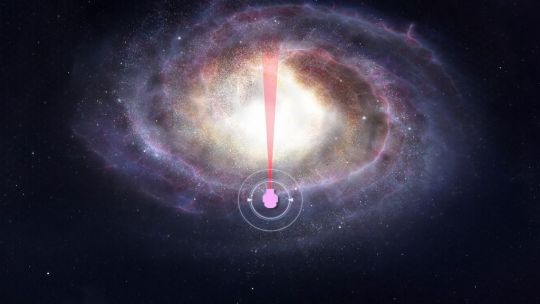
This artist’s concept shows the region of the Milky Way NASA’s Nancy Grace Roman Space Telescope’s Galactic Bulge Time-Domain Survey will cover – relatively uncharted territory when it comes to planet-finding. That’s important because the way planets form and evolve may be different depending on where in the galaxy they’re located. Our solar system is situated near the outskirts of the Milky Way, about halfway out on one of the galaxy’s spiral arms. A recent Kepler Space Telescope study showed that stars on the fringes of the Milky Way possess fewer of the most common planet types that have been detected so far. Roman will search in the opposite direction, toward the center of the galaxy, and could find differences in that galactic neighborhood, too.
Using this method, called microlensing, Roman will likely set a new record for the farthest-known exoplanet. That would offer a glimpse of a different galactic neighborhood that could be home to worlds quite unlike the more than 5,500 that are currently known. Roman’s microlensing observations will also find starless planets, black holes, neutron stars, and more!
youtube
This animation shows a planet crossing in front of, or transiting, its host star and the corresponding light curve astronomers would see. Using this technique, scientists anticipate NASA’s Nancy Grace Roman Space Telescope could find 100,000 new worlds. Credit: NASA’s Goddard Space Flight Center/Chris Smith (USRA/GESTAR)
Stars Roman sees may also appear to flicker when a planet crosses in front of, or transits, its host star as it orbits. Roman could find 100,000 planets this way! Small icy objects that haunt the outskirts of our own solar system, known as Kuiper belt objects, may occasionally pass in front of faraway stars Roman sees, too. Astronomers will be able to see how much water the Kuiper belt objects have because the ice absorbs specific wavelengths of infrared light, providing a “fingerprint” of its presence. This will give us a window into our solar system’s early days.
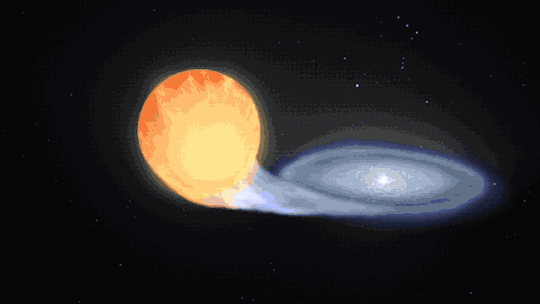
This animation visualizes a type Ia supernova.
Roman’s High Latitude Time-Domain Survey will look beyond our galaxy to hunt for type Ia supernovas. These exploding stars originate from some binary star systems that contain at least one white dwarf – the small, hot core remnant of a Sun-like star. In some cases, the dwarf may siphon material from its companion. This triggers a runaway reaction that ultimately detonates the thief once it reaches a specific point where it has gained so much mass that it becomes unstable.
youtube
NASA’s upcoming Nancy Grace Roman Space Telescope will see thousands of exploding stars called supernovae across vast stretches of time and space. Using these observations, astronomers aim to shine a light on several cosmic mysteries, providing a window onto the universe’s distant past. Credit: NASA’s Goddard Space Flight Center
Since these rare explosions each peak at a similar, known intrinsic brightness, astronomers can use them to determine how far away they are by simply measuring how bright they appear. Astronomers will use Roman to study the light of these supernovas to find out how quickly they appear to be moving away from us.
By comparing how fast they’re receding at different distances, scientists can trace cosmic expansion over time. This will help us understand whether and how dark energy – the unexplained pressure thought to speed up the universe’s expansion – has changed throughout the history of the universe.
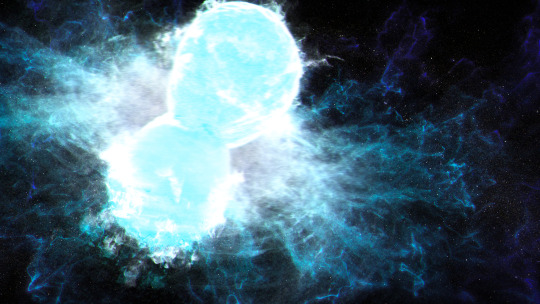
NASA’s Nancy Grace Roman Space Telescope will survey the same areas of the sky every few days. Researchers will mine this data to identify kilonovas – explosions that happen when two neutron stars or a neutron star and a black hole collide and merge. When these collisions happen, a fraction of the resulting debris is ejected as jets, which move near the speed of light. The remaining debris produces hot, glowing, neutron-rich clouds that forge heavy elements, like gold and platinum. Roman’s extensive data will help astronomers better identify how often these events occur, how much energy they give off, and how near or far they are.
And since this survey will repeatedly observe the same large vista of space, scientists will also see sporadic events like neutron stars colliding and stars being swept into black holes. Roman could even find new types of objects and events that astronomers have never seen before!
Learn more about the exciting science Roman will investigate on X and Facebook.
Make sure to follow us on Tumblr for your regular dose of space!
#NASA#astronomy#telescope#Roman Space Telescope#dark energy#galaxies#cosmology#astrophysics#stars#galaxy#space images#time#supernova#Nancy Grace Roman#black holes#neutron stars#kilonova#rogue planets#exoplanets#space#science#tech#technology#Youtube
2K notes
·
View notes
Text



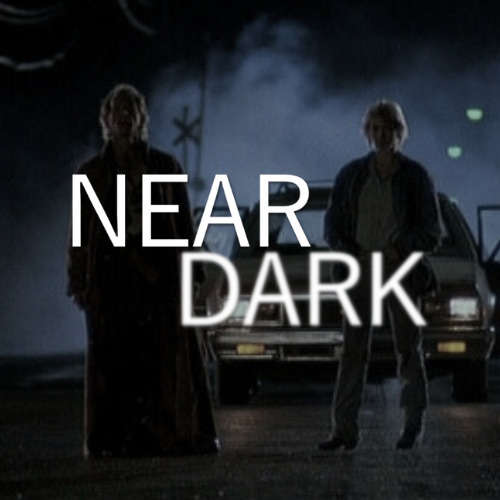









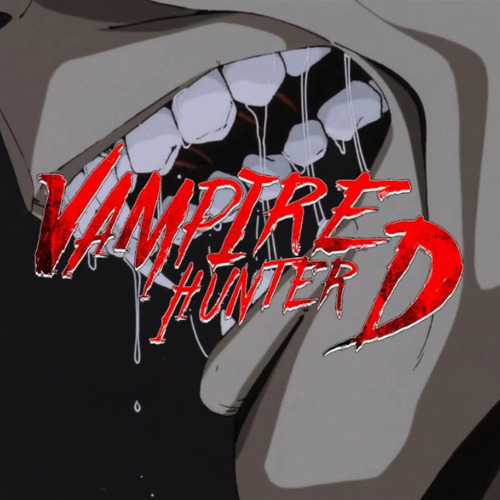














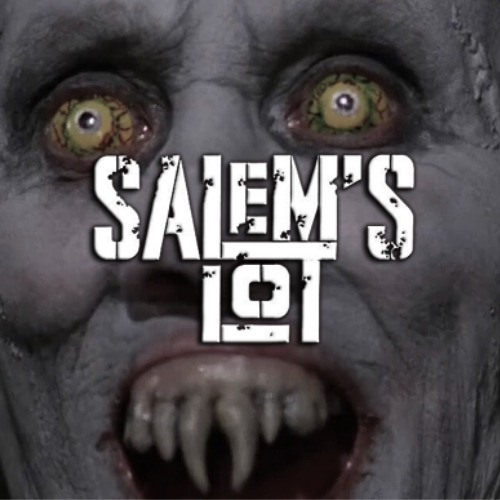

horror sub-genres: vampire
#sorry forgot queen of the damned#& vampire in brooklyn#horror#horror movies#vampires#nosferatu#dracula#vampyr#near dark#the lost boys#ganja & hess#a girl walks home alone at night#vamp#fright night#bram stoker's dracula#nadja#let the right one in#vampire hunter d#only lovers left alive#blade#interview with the vampire#30 days of night#thirst#what we do in the shadows#leptircia#the hunger#horror of dracula#planet of the vampires#blacula#the fearless vampire killers
1K notes
·
View notes
Photo

Long River of Dark Nebulas in Ophiuchus © Yizhou Zhang
#dark nebula#space#stars#nasa#astrophotography#night sky#universe#galaxy#solar system#astronomy#cosmos#planet
2K notes
·
View notes
Text


Josef Scharl, 1933, "Burning Stars"
Fletcher Sibthorp, 1967, "The Devotion"
#painting#art#artwork#art history#oil painting#gallery#dark academia#light academia#whimsical#whimsigoth#whimsigothic#whimsycore#witchy#witch#witchcore#aesthetic#angel#astronomy#planets#space#stars#sun#moon
6K notes
·
View notes
Text

Stars In The Sky- Evgeniya Roslik; 2021
#stars#space#outer space#celestial#cosmic#cosmos#space dust#purple#astral#moon#planets#spiritual#beautiful#beauty#escape#pretty#art#dark#dark art#healing#wonder#artists#paintings#blue#pink#night#mystical#mysterious#in the sky#dreamy
1K notes
·
View notes
Text
The 90s/early 2000s was the best Disney era for male protagonists









This isn't all of them, but these were the best of them, imo. And this is just the characters; how I felt about their movies varies. I hope more Disney films in the future feature male leads--especially musicals!
#disney#disney animation#disney renaissance#disney dark age#disney prince#aladdin#simba#quasimodo#hercules#tarzan#the lion king#kuzco#the emperor's new groove#milo thatch#atlantis#jim hawkins#treasure planet#kenai#brother bear#the hunchback of notre dame
2K notes
·
View notes
Text

Betul Turksoy l Kayseri, Turkiye
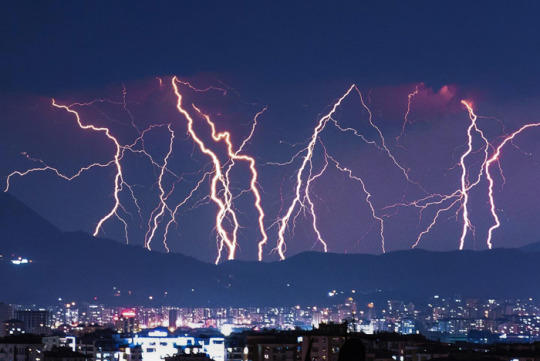
#turkiye#turkey#night#sky#lightning#lightning bolt#weather#dark#photography#astrophotography#planets#earth#rain#storm
502 notes
·
View notes
Text
Kirby32.exe is starting up...

Success!
#kirby#kirby anniversary#kirby series#kirby fanart#bandana waddle dee#waddle dee#marx#magolor#void kirby#dark matter#kirby's dream land#kirby's dream land 2#kirby's dream land 3#kirby 64#kirby's return to dream land#kirby super star#kirby planet robobot#kirby triple deluxe#kirby and the amazing mirror#elfilin#kirby star allies#kirby and the forgotten land#kirby squeak squad#king dedede#meta knight#cybercore#kirby of the stars#hoshi no kaabii#星のカービイ
498 notes
·
View notes
Text





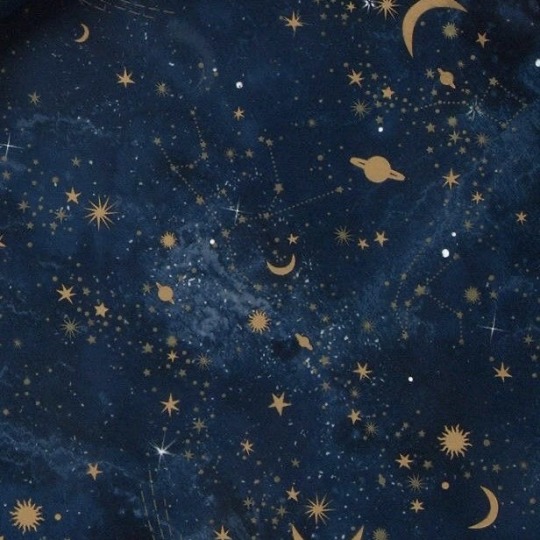

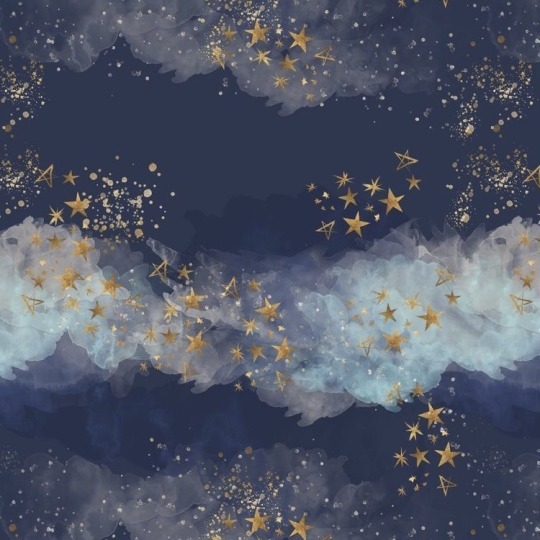

𝒕𝒐𝒖𝒄𝒉 𝒕𝒉𝒆 𝒔𝒌𝒚
#ahhh… the beauty!! <3#cottagecore#nature#naturecore#flowers#blue aesthetic#starry night#stars#universe#classic academia#light academia aesthetic#light academism#soft aesthetic#cozycore#cosycore#cottage aesthetic#cottage academia#dark cottagecore#planets#tarot#psychic#witch academia#witch aesthetic#witchlr
6K notes
·
View notes